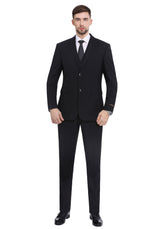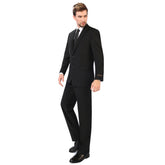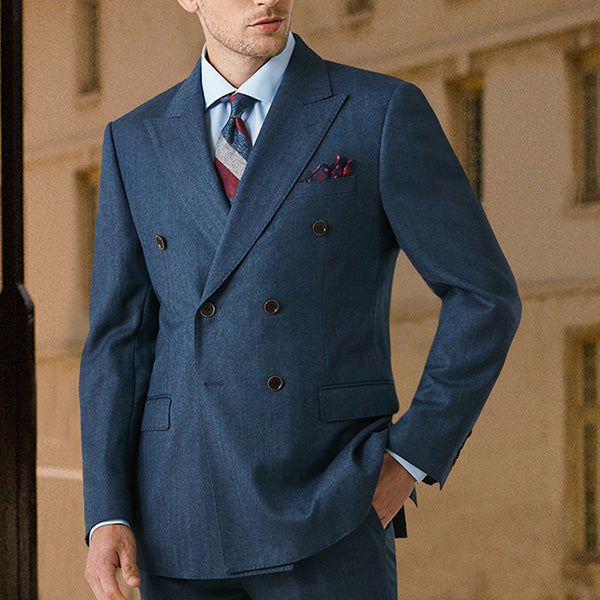Finding the Perfect Suit: A Guide to Tailoring Your Style
A well-chosen suit can be a game-changer in your wardrobe, serving as the foundation for countless polished and sophisticated looks. However, with so many options available, selecting the right suit can be daunting. This guide will walk you through the key considerations for finding a suit that fits perfectly and complements your personal style.

Understanding Suit Fit
1. The Importance of Fit
The fit of a suit is arguably the most crucial factor in how it will look on you. A suit that fits well will enhance your shape, provide comfort, and make you feel confident. There are several types of fits to consider:
- Slim Fit: Designed to follow the natural lines of your body closely, giving a modern and streamlined appearance. Ideal for those who prefer a more tailored look.
- Classic Fit: Offers a classic silhouette with a bit more room, suitable for most body types and a versatile choice for various occasions.
2. Key Fit Areas
- Shoulders: The suit jacket’s shoulder seams should align with your natural shoulder line. If the shoulders are too tight or too loose, the entire suit will be affected.
- Chest and Waist: The jacket should fit comfortably around your chest and waist without pulling or sagging. A slight tapering at the waist can create a flattering shape.
- Sleeves and Pants: Sleeves should end just above the wrist bone, showing a bit of shirt cuff. Pants should break slightly over your shoes for a clean look.
Choosing the Right Fabric
1. Fabric Types
The fabric you choose will influence both the look and feel of your suit. Common options include:
- Wool: The most versatile and popular fabric for suits. Wool is breathable, durable, and available in various weights for different seasons.
- Cotton: Offers a more casual and comfortable feel. Ideal for warmer weather but can wrinkle more easily.
- Linen: Perfect for hot climates due to its lightness and breathability. Linen suits have a more relaxed, casual appearance and tend to wrinkle.
- Blends: Fabrics like wool-polyester blends offer added durability and are often more affordable, though they might lack the same breathability as pure wool.
2. Seasonality
Consider the season when choosing your fabric. Lighter fabrics like linen and cotton are great for summer, while heavier wool and wool-blend fabrics are better suited for cooler weather.

Selecting the Right Color and Pattern
1. Classic Colors
- Navy Blue: A versatile color suitable for most occasions, from business meetings to formal events.
- Charcoal Gray: Another classic choice that works well for professional settings and is slightly less formal than black.
- Black: Ideal for formal events such as weddings and evening functions but can be too stark for everyday business wear.
2. Patterns
Patterns can add personality to your suit. Popular options include:
- Pinstripes: Slim, vertical lines that create a slimming effect and add a touch of sophistication.
- Checks: Patterns like gingham or windowpane can add visual interest while maintaining a professional appearance.
Tailoring and Customization
1. Off-the-Rack vs. Custom Suits
While off-the-rack suits offer convenience and affordability, a custom suit can provide a more precise fit and unique style. Tailoring is an option if you find a suit you like but need adjustments to achieve the perfect fit.
2. Personal Touches
Consider adding personal touches such as monogrammed initials, custom lining, or unique buttons to make your suit stand out.
Final Thoughts
Choosing the perfect suit involves understanding your fit preferences, fabric options, and style preferences. Whether opting for a classic navy wool suit or a modern slim-fit charcoal gray ensemble, the key is to find a suit that enhances your style and makes you feel confident. With the right choice, your suit will be a versatile and timeless addition to your wardrobe, suitable for both formal and casual occasions.





